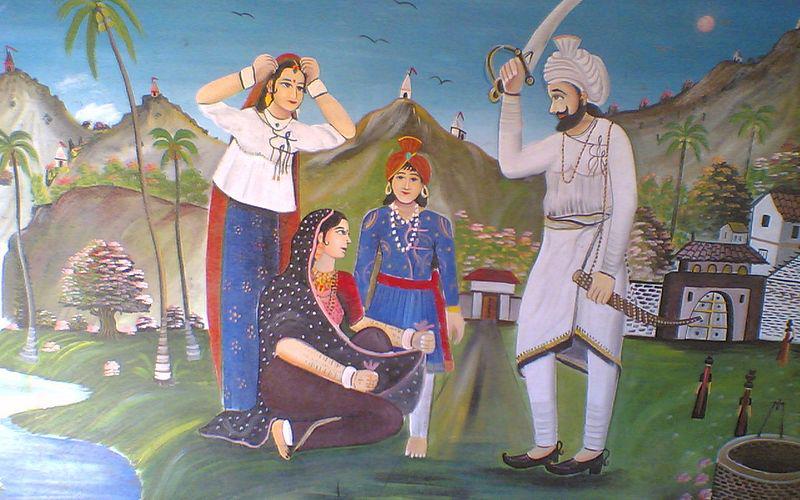Tuesday 8 January 2013
About AHIR
The Ahir are a caste of cowherds, milkers, and cattle breeders widely dispersed across the Gangetic Plain, especially in the more easternly part (Bihar, Bengal, and eastern Madhya Pradesh). The Ahir must number well over a million today: they numbered 750,000 in the Central Provinces and Berar in 1911, ranking as the sixth-largest caste in terms of numbers. In many castes there is a separate division of Ahirs, such as the Ahir Sunars, Sutars, Lohars, Shimpis, Salic, Guraos, and Kolis. The name "Ahir" is derived from "Abhira," a tribe mentioned several times in inscriptions and the Hindu sacred books. "Goala," meaning a cowherd or "a protector of cows," is the Bengali name for the caste, and the term "Gaoli" is now used in Madhya Pradesh State to signify a dairy worker.
Some dialects named after the Abhira or Ahirs are still spoken. One, known as Ahirwati, is spoken in the Rohtals and Gurgaon districts, the Punjab, and near Delhi. The Malwi dialect of Rajasthani is also known as Ahiri; there is a dialect of Gujarati called Khandeshi, also known as Ahirani. These linguistic survivals are an indication that the Ahirs were early settlers in the Delhi country of the Punjab, and in Malwa and Khandesh.
The Ahir were apparently one of the immigrant tribes from central Asia who entered India during the early Christian era. The Ahir have been for centuries a purely occupational caste, mainly recruited from the indigenous tribes. As cattle must graze in the forest during hot weather, there is a close relationship between Ahirs and many of the forest tribes. Many Ahir in Mandla, for example, are barely considered Hindus, because they live in Gond villages (a forest tribe).
Only about 30 percent of the Ahirs are still occupied in breeding cattle and dealing in milk and butter. About 4 percent are domestic servants, and nearly all the remainder were cultivators and laborers in 1931. Formerly the Ahirs had the exclusive right to milk cows, so that on all occasions an Ahir had to be hired for this purpose even by the lowest caste.
The caste has exogamous sections, which are of the usual low-caste type, with titular or totemistic names. The marriage of persons belonging to the same section and of first cousins is prohibited. A man may marry his wife's younger sister while his wife is living. The practice of exchanging girls between families is permissible.
The Ahir have a special relation to the Hindu religion, owing to their association with the sacred cow, which is itself revered as a goddess. Among the special deities of the Ahirs is Kharsk Deo, who is always located at the place of assembly of the cattle. Mater Deo is the god of the pen. A favorite saint is Haridas Baba. The main festival is the Diwali, falling about the beginning of November. All people observe this feast by illuminating their houses with many small saucer-lamps and with fireworks.
Yadavs are direct Decendent on Lord Krishna..Main occoupation in old India was Cattle Breed and selling milk products ..Ahir now days are considered in Other backward caste put in latest listso that they can come up with education and different business as many as 60% of Ahirs still breed catle and along with other things like farming or other business..Ahirs are very Godfearing.. and are know to be fearless and hence were called Abhir in ancient indiaSaturday 5 January 2013
Subscribe to:
Posts (Atom)

